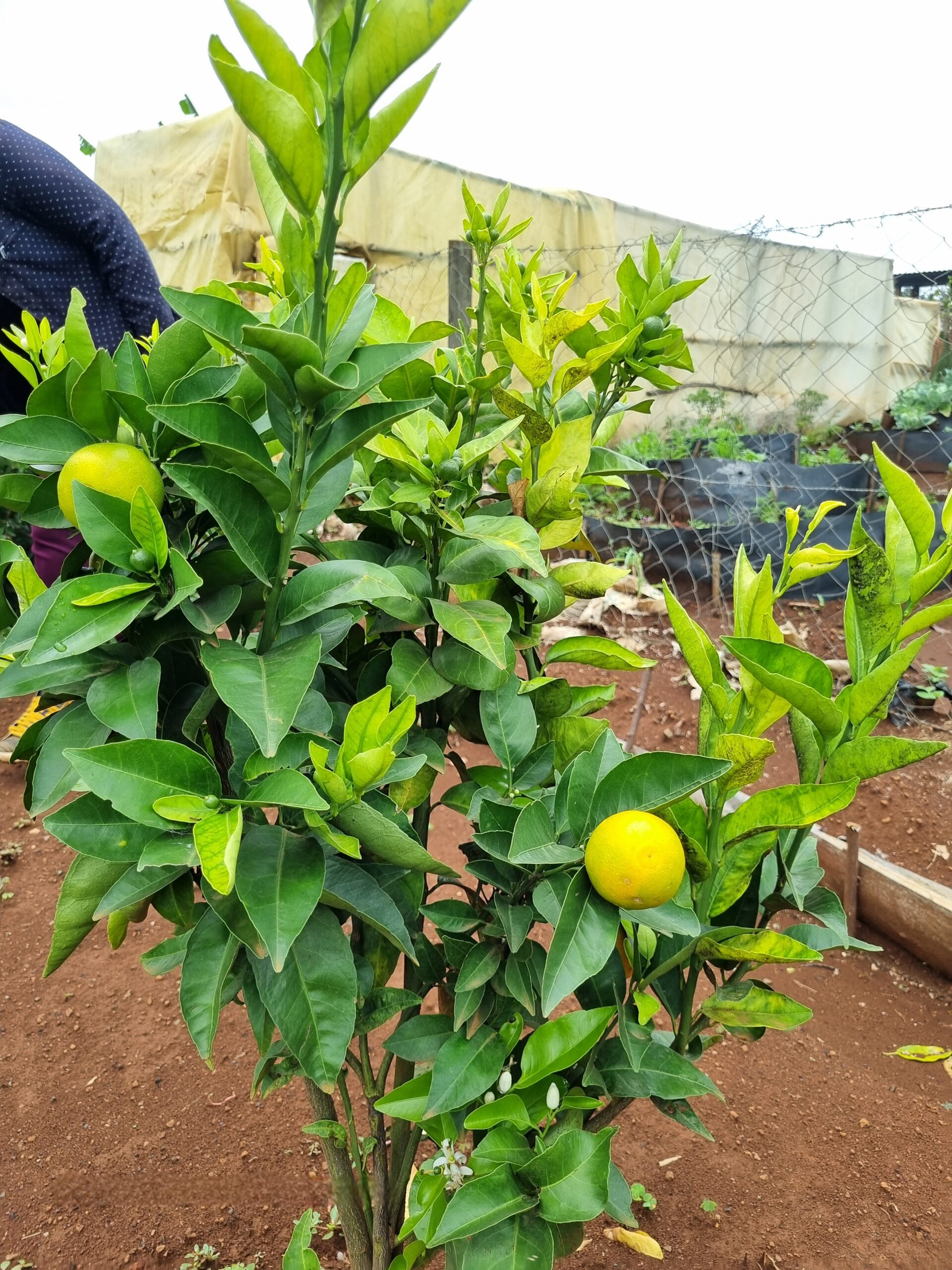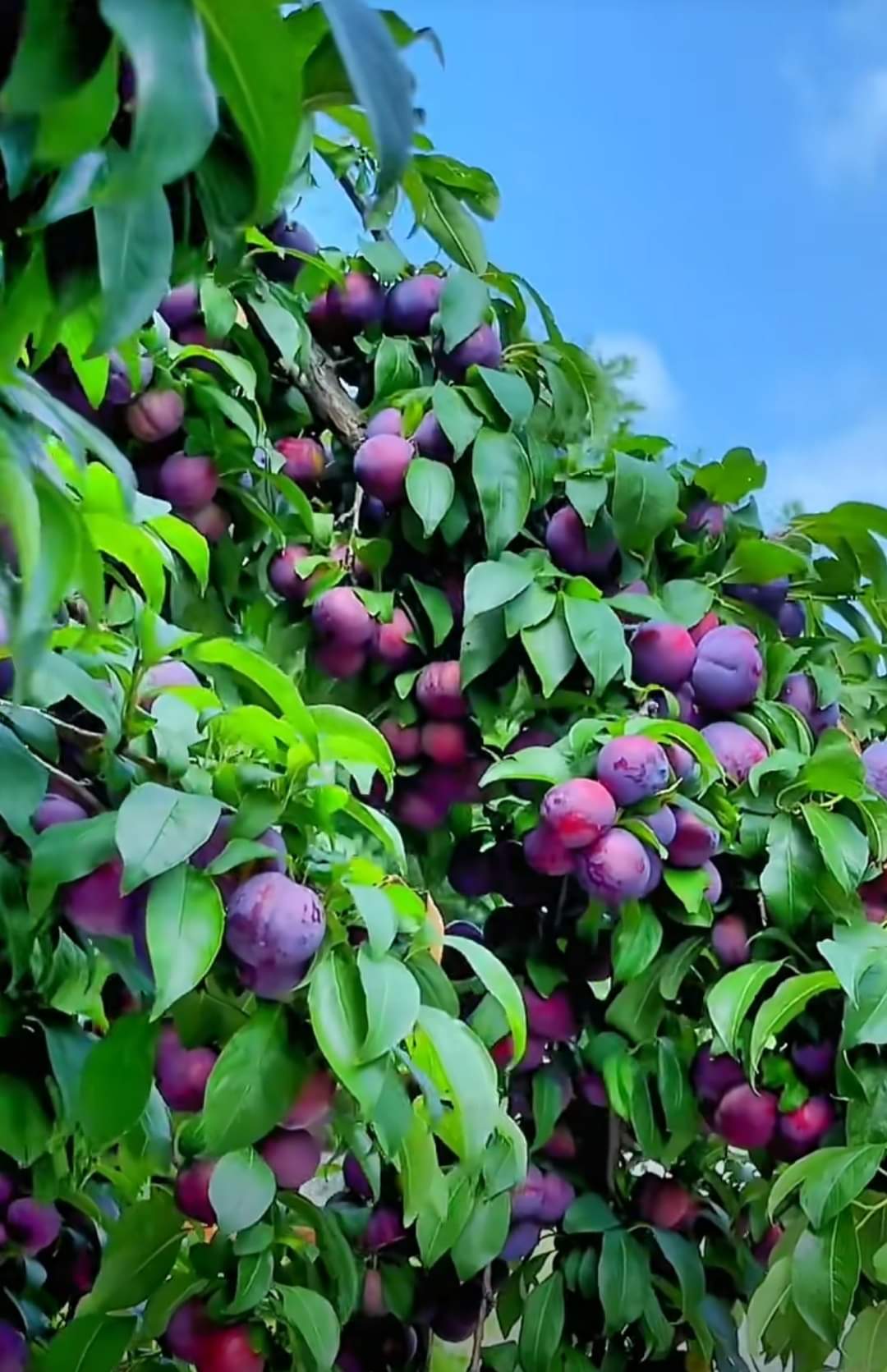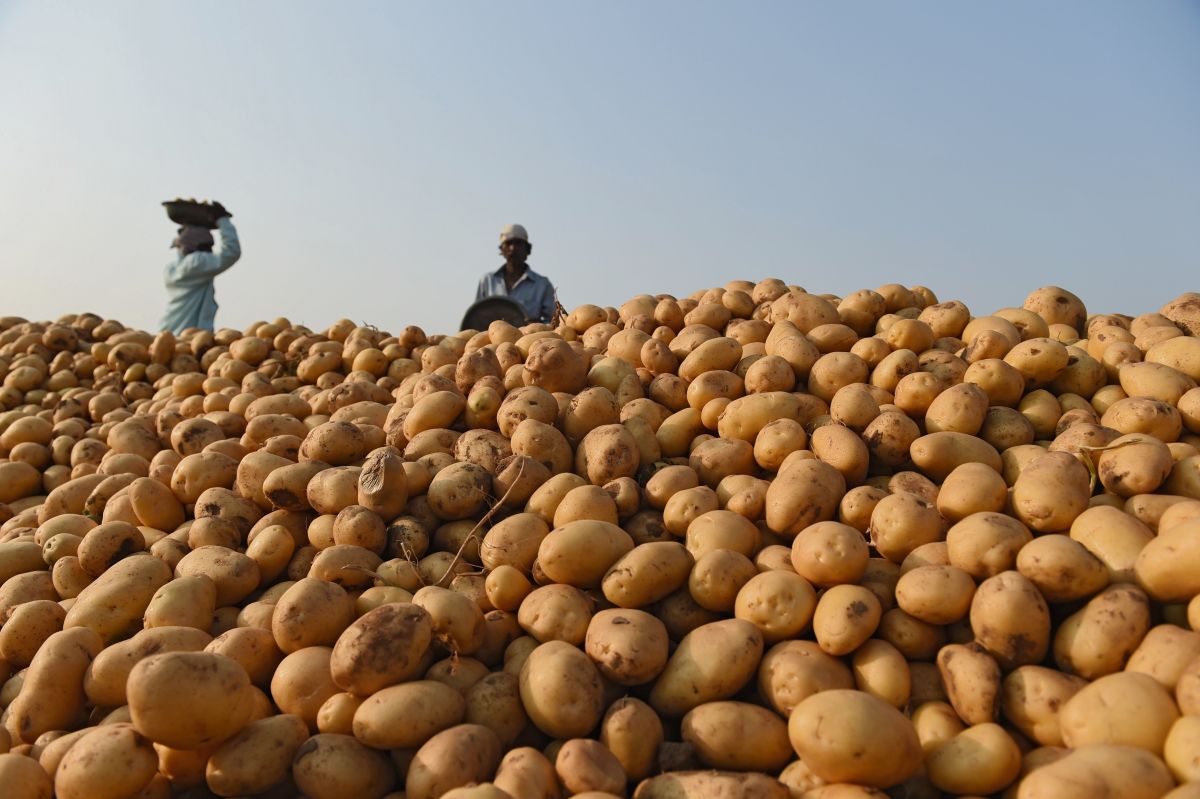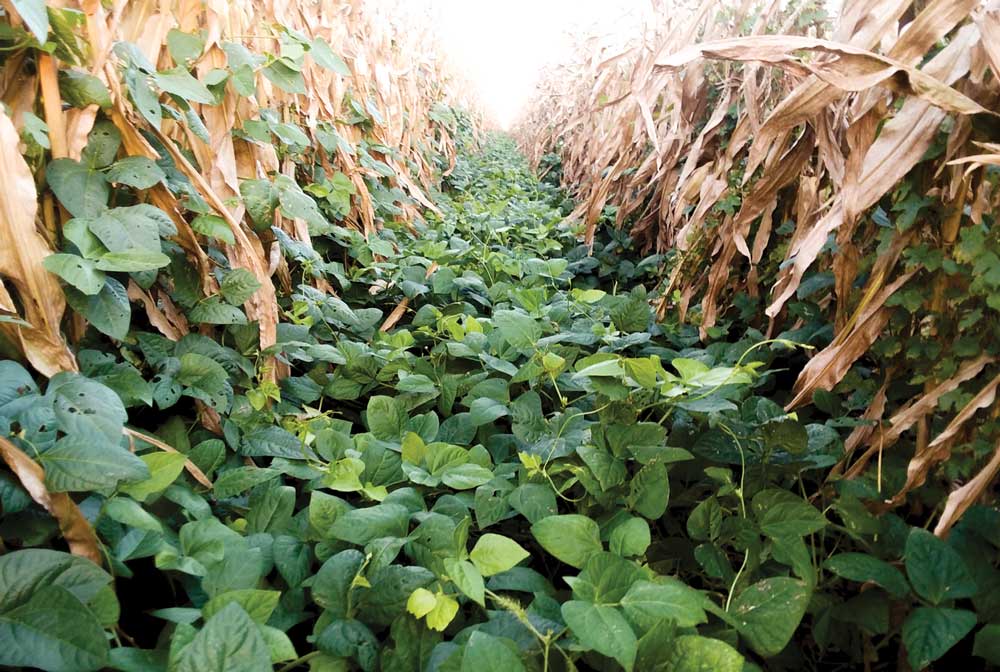COMMON DISEASES IN TANGERINE AND HOW TO MANAGE THEM
Tangerines, a popular citrus fruit known for their sweet and tangy flavor, are a valuable crop in many regions around the world. However, like other citrus fruits, tangerines are susceptible to a variety of diseases that can significantly impact their health and productivity. Effective disease management is essential to maintain the quality and yield of tangerine orchards. This guide provides an overview of common diseases affecting tangerines and outlines practical control measures to help growers manage these challenges and ensure a healthy crop.
Citrus canker
Citrus canker is characterized by raised, corky lesions on the leaves, stems, and of tangerine trees, often surrounded by a yellow halo. This disease can cause significant damage, including premature fruit drop.
Control measure: It is essential to plant resistant varieties of tangerines. Sanitation measures are crucial; infected plants should be removed and destroyed to prevent the spread of the disease. Copper-based bactericides can be applied to manage the infection.
Citrus greening
Citrus greening, also known as Huanglongbing (HLB), is a devastating disease that presents symptoms such as yellowing leaves with a blotchy mottle pattern, green and misshapen fruit that tastes bitter, and premature fruit drop.
Control measures: To control HLB, it is vital to use disease-free planting material. Controlling the vector, the Asian citrus psyllid, through insecticides is also necessary. Removing and destroying infected trees helps to limit the spread. Additionally, encouraging natural predators of the psyllid can provide biological control.
Phytophthora Root Rot and Foot Rot
Phytophthora root rot and foot rot are caused by soil-borne pathogens, leading to yellowing and die back of leaves, gummy lesions on the trunk, and poor root development.
Control measures: To control these diseases, improving soil drainage and avoiding water logging is essential. Using resistant root stocks can provide some level of protection. Applying fungicides such as metalaxyl and fosetyl-Al can help manage the infection. Its also important to avoid planting trees too deeply, as this can exacerbate the problem.
Citrus black spot
Citrus black spot manifests as hard, raised black lesions on the fruit, leading to premature fruit drop and leaf spots that cause early leaf drop.
Control measures: it involves the application of fungicides such as strobilurins and triazoles. Good orchard sanitation practices, including removing and destroying fallen leaves and fruit, are essential to prevent the spread. Pruning trees to improve air circulation helps reduce the incidence of the disease.
Alternaria Brown Spot
Alternaria brown spot is identified by small, dark brown to black lesions on leaves and fruit, which can lead to leaf and fruit drop, as well as dark, sunken lesions on the fruit rind.
Control measures: To control this disease, planting resistant varieties is beneficial. Fungicides like copper fungicides and strobilurins should be applied to manage the infection. Improving air circulation through proper pruning and avoiding overhead irrigation, which increases leaf wetness, are also effective control measures.
Greasy spot
Greasy spot appears as yellow, oily-looking spots on leaves that eventually turn brown or black, causing premature leaf drop. Managing greasy spot involves the application of fungicides such as copper-based products and petroleum oil. Ensuring good air circulation through pruning and removing and destroying fallen leaves can help reduce the incidence of the disease.
citrus scab
It causes raised, corky lesions on fruit, leaves, and twigs, often leading to distorted growth of young leaves and shoots.
Control measures: It includes the application of fungicides like copper fungicides. Using resistant varieties can reduce the incidence of the disease. Pruning and properly disposing of infected plant parts help limit the spread.





